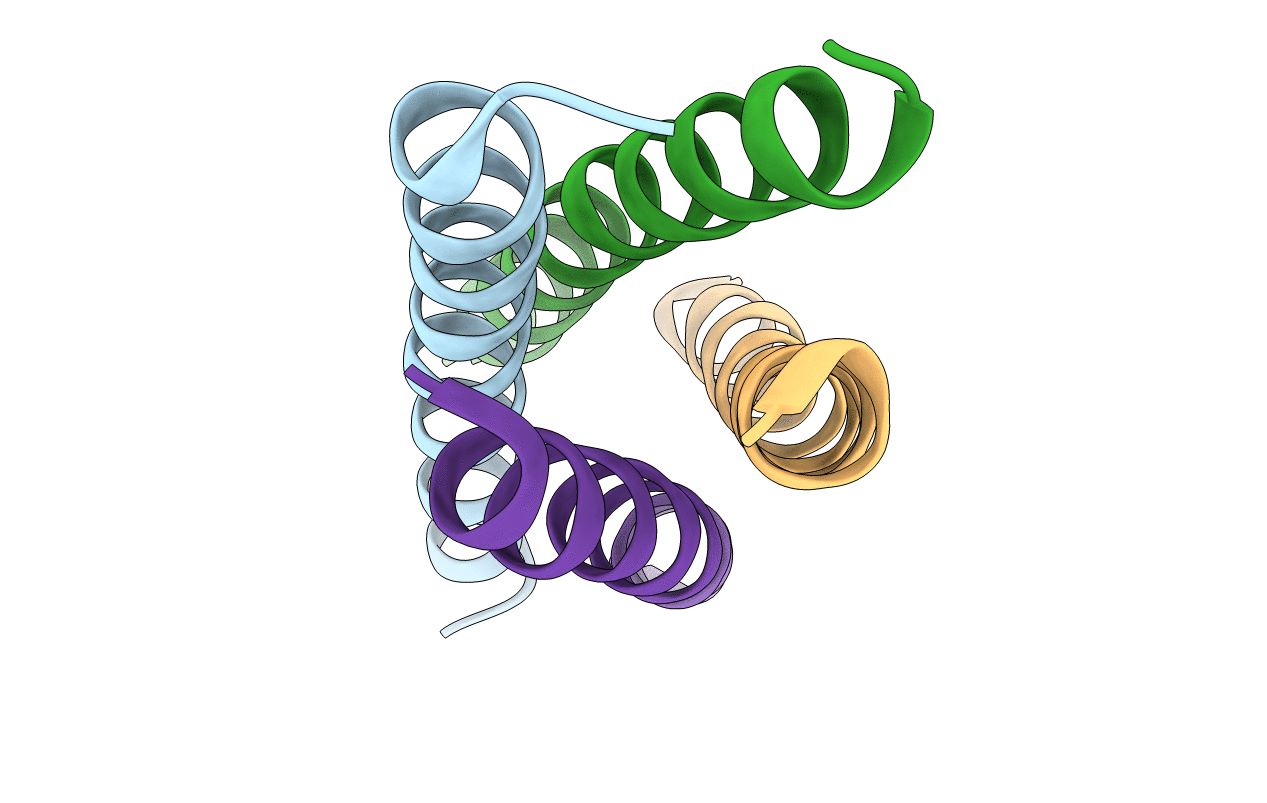
Deposition Date
2005-09-15
Release Date
2006-01-31
Last Version Date
2024-02-14
Entry Detail
PDB ID:
2B1F
Keywords:
Title:
Antiparallel four-stranded coiled coil specified by a 3-3-1 hydrophobic heptad repeat
Biological Source:
Source Organism:
Saccharomyces cerevisiae (Taxon ID: 4932)
Host Organism:
Method Details:
Experimental Method:
Resolution:
1.50 Å
R-Value Free:
0.28
R-Value Work:
0.23
R-Value Observed:
0.23
Space Group:
P 21 21 21


